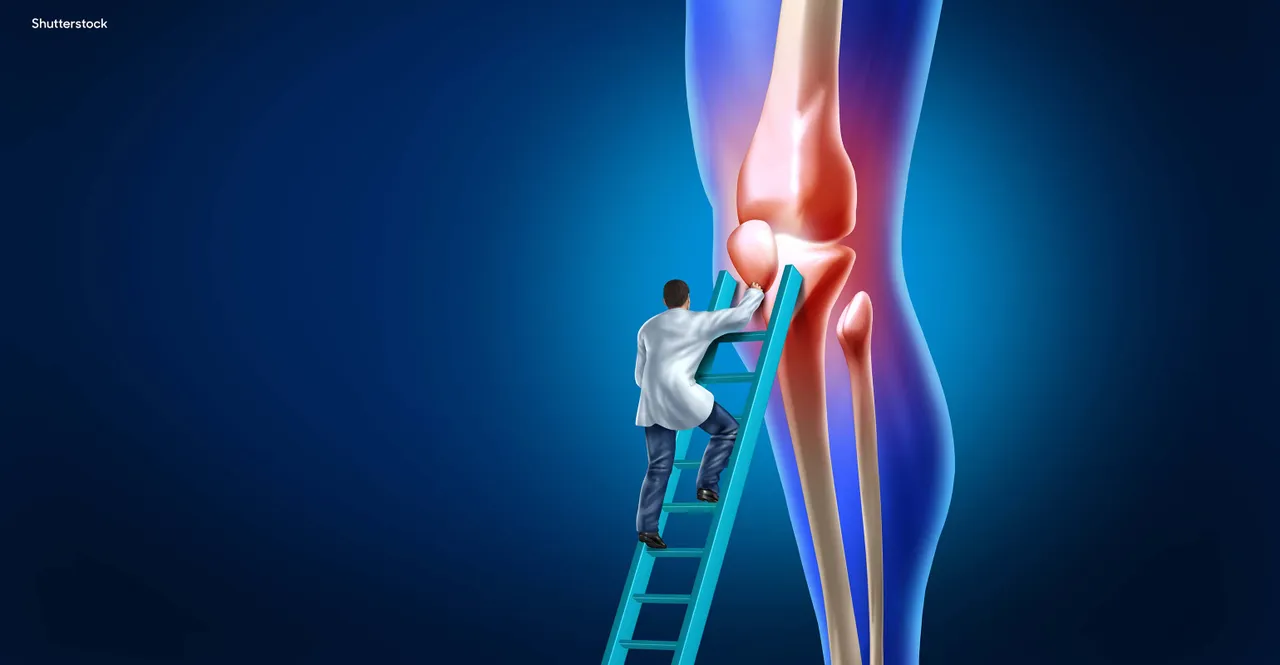
Our bones and joints are essential components of the musculoskeletal system, providing structure, protection, and mobility. As we age, or due to certain health conditions, these structures can become vulnerable to injury or degeneration, leading to pain and decreased function. Understanding how to care for your bones and joints can significantly improve quality of life and prevent chronic conditions.
Understanding Bones and Joints
What Are Bones?
Bones are rigid organs that make up the skeleton. They protect internal organs, store minerals like calcium and phosphorus, and produce blood cells within the bone marrow.
What Are Joints?
Joints are where two or more bones meet, allowing movement and flexibility. Common joint types include:
-
Hinge joints (e.g., knees, elbows)
-
Ball-and-socket joints (e.g., hips, shoulders)
-
Gliding joints (e.g., wrists, ankles)
Common Conditions Affecting Bones and Joints
Several conditions can impact bone and joint health, including:
-
Osteoarthritis – cartilage breakdown causing pain and stiffness
-
Osteoporosis – bone density loss increasing fracture risk
-
Rheumatoid arthritis – autoimmune joint inflammation
-
Fractures – broken bones due to trauma or weakness
According to the Centers for Disease Control and Prevention (CDC), over 54 million adults in the U.S. suffer from arthritis-related joint pain.
Tips to Protect Bones and Joints
1. Nutrition Matters
Consume calcium-rich foods (like dairy, leafy greens) and vitamin D (sunlight, fortified foods) to maintain strong bones.
2. Stay Active
Weight-bearing and resistance exercises strengthen bones, while stretching and low-impact activities (like swimming) help joints stay flexible.
3. Avoid Smoking and Excess Alcohol
These habits can weaken bone structure and increase the risk of fractures.
4. Maintain a Healthy Weight
Extra weight puts stress on joints, especially knees and hips, increasing the risk of joint degeneration.
When to See a Doctor
If you experience persistent joint pain, stiffness, or decreased range of motion, consult a healthcare provider or a rheumatologist. Early intervention can prevent long-term damage.
Final Thoughts
Taking care of your bones and joints is a lifelong commitment. With proper diet, exercise, and preventative care, you can keep your musculoskeletal system strong and functional at every age.
For additional insights, visit Healthline’s Bone and Joint Health section.
